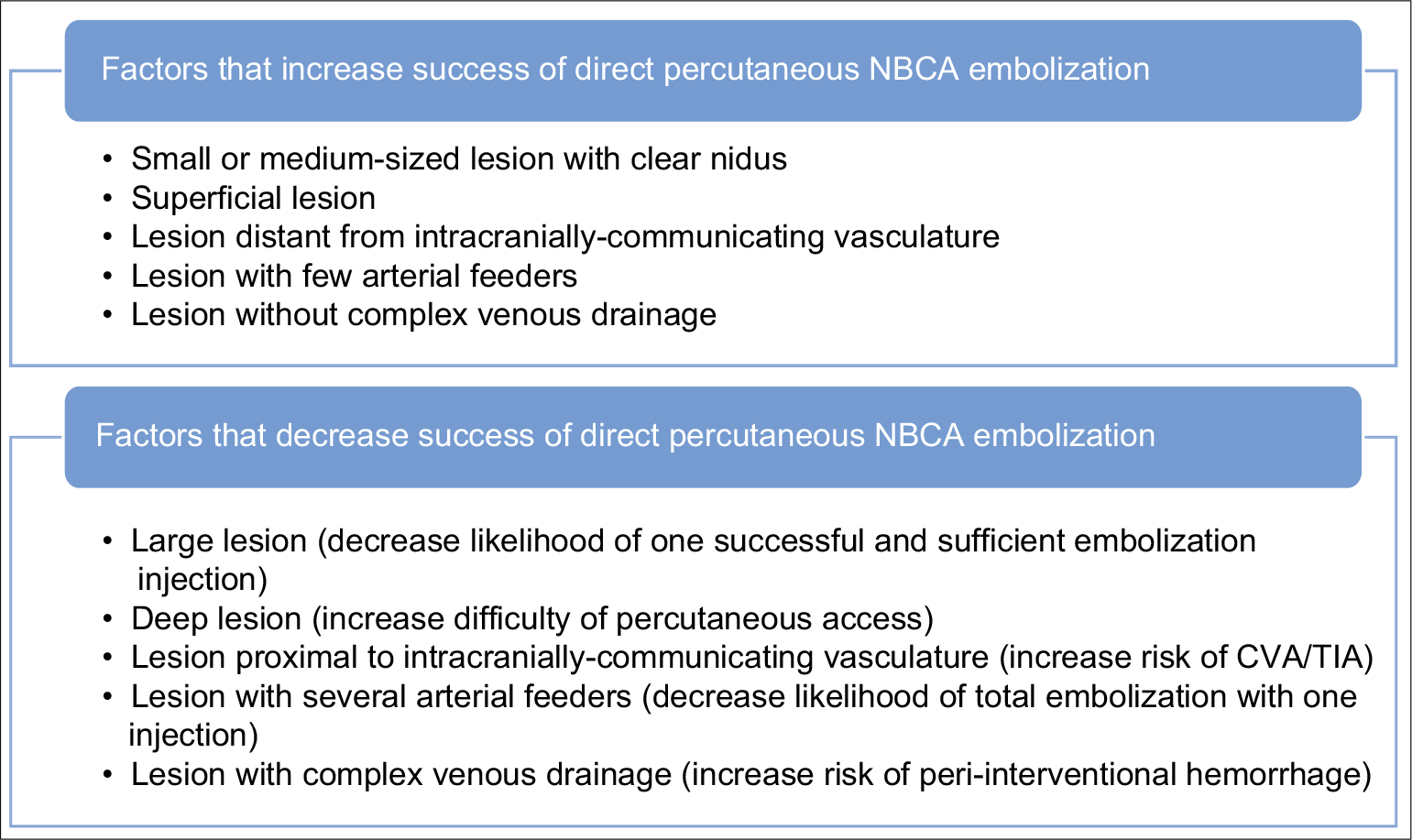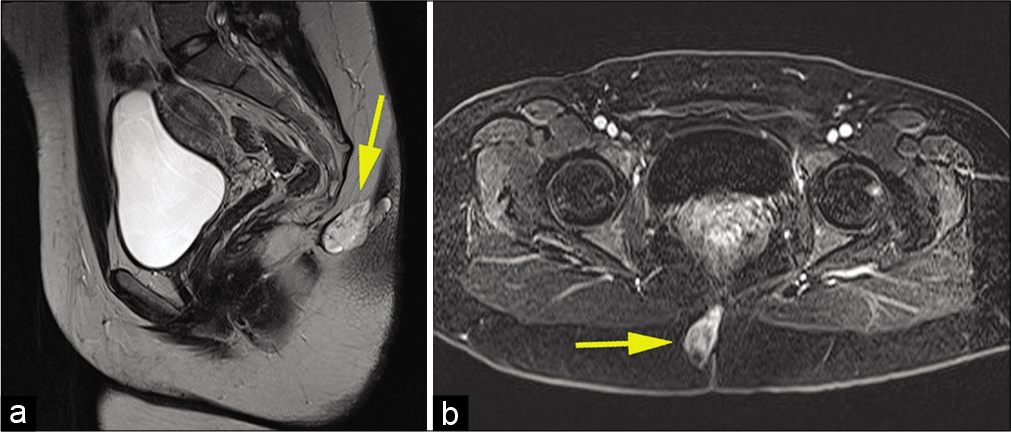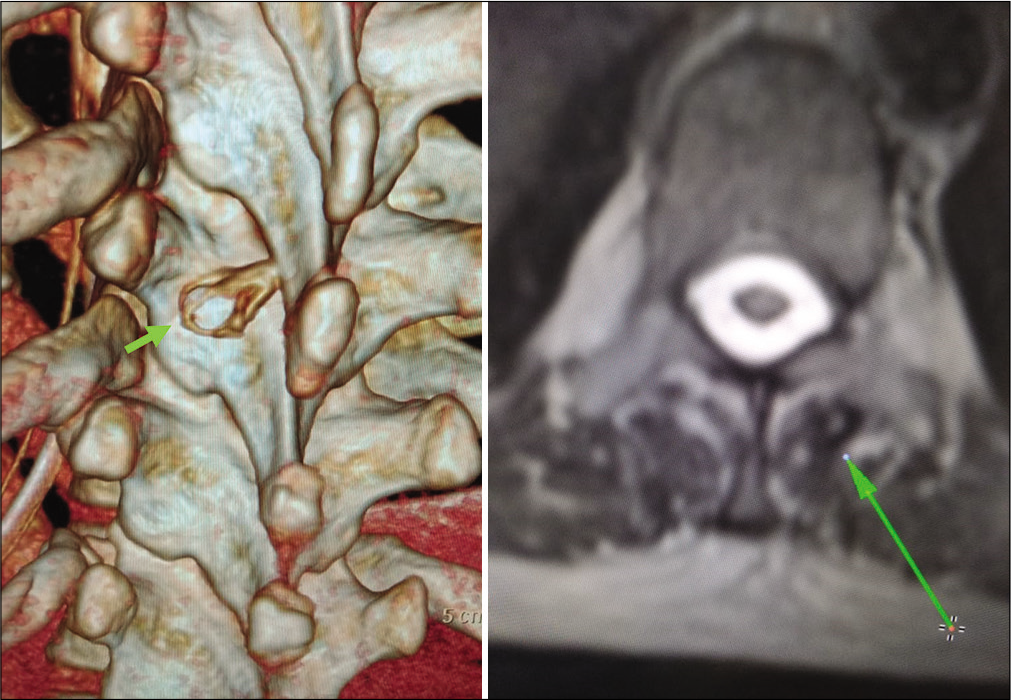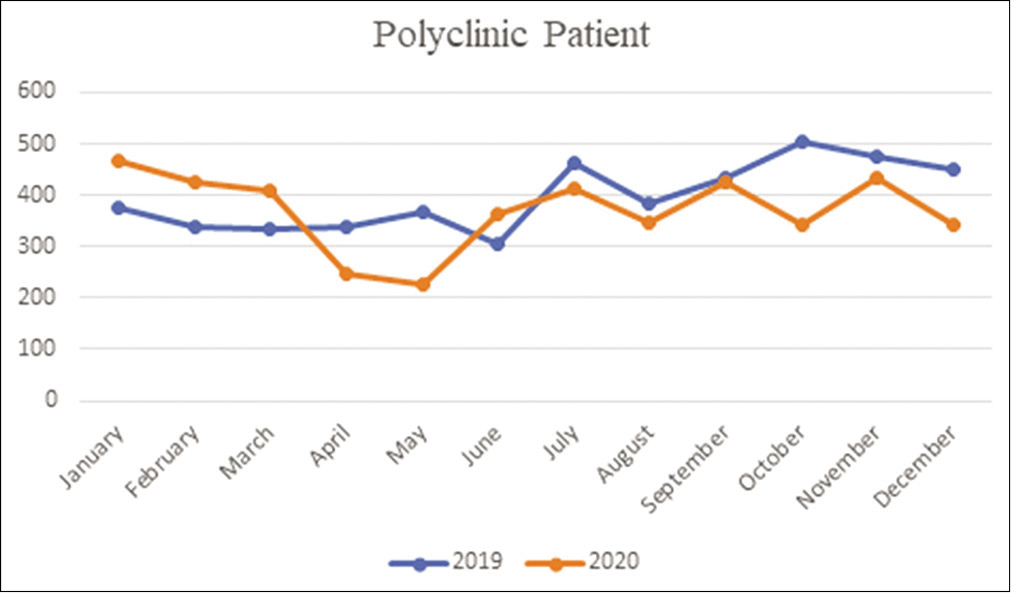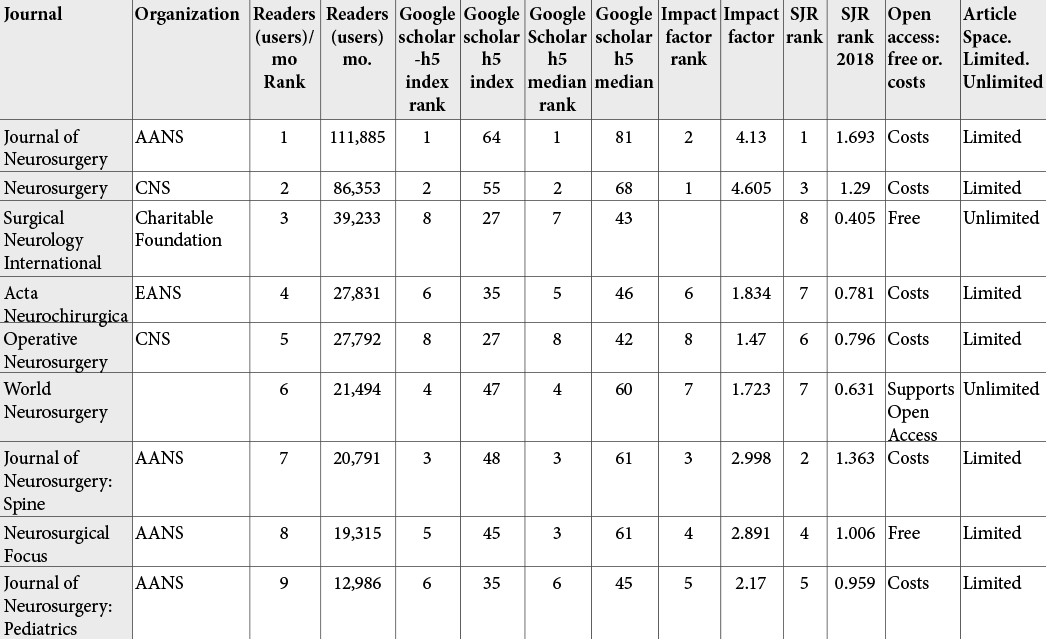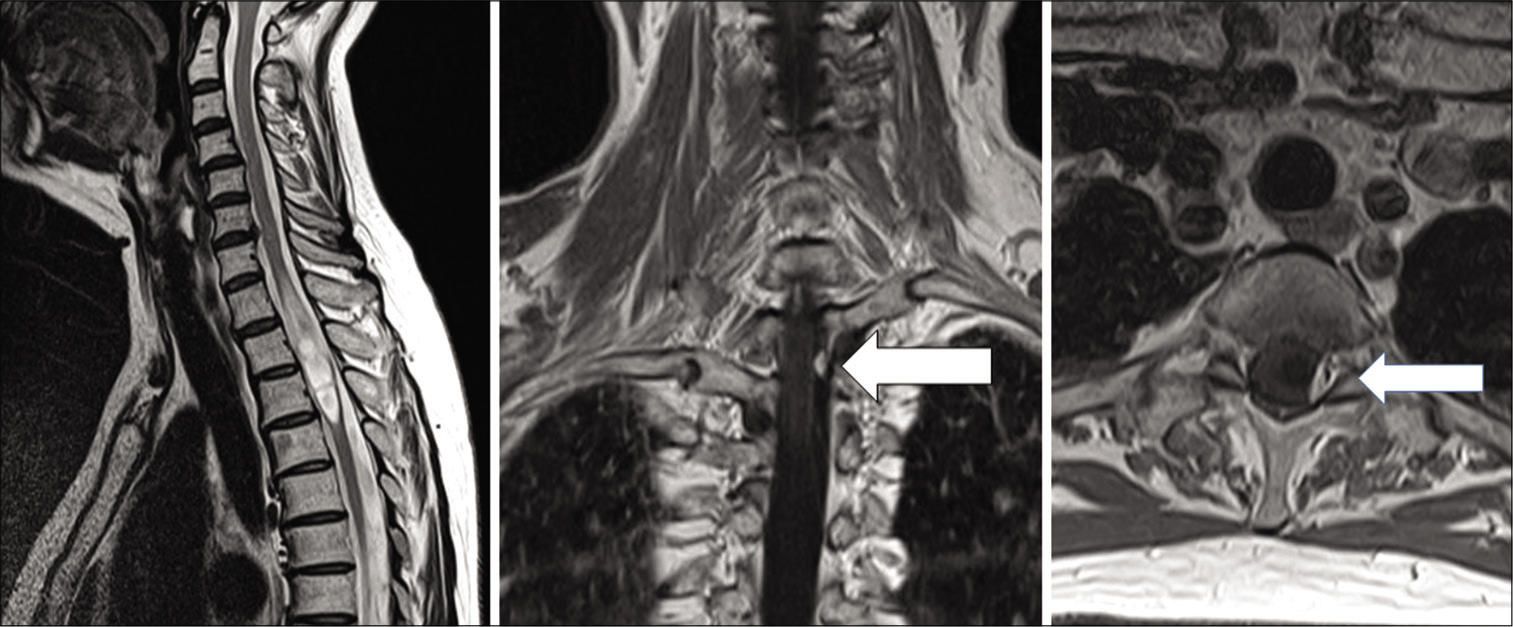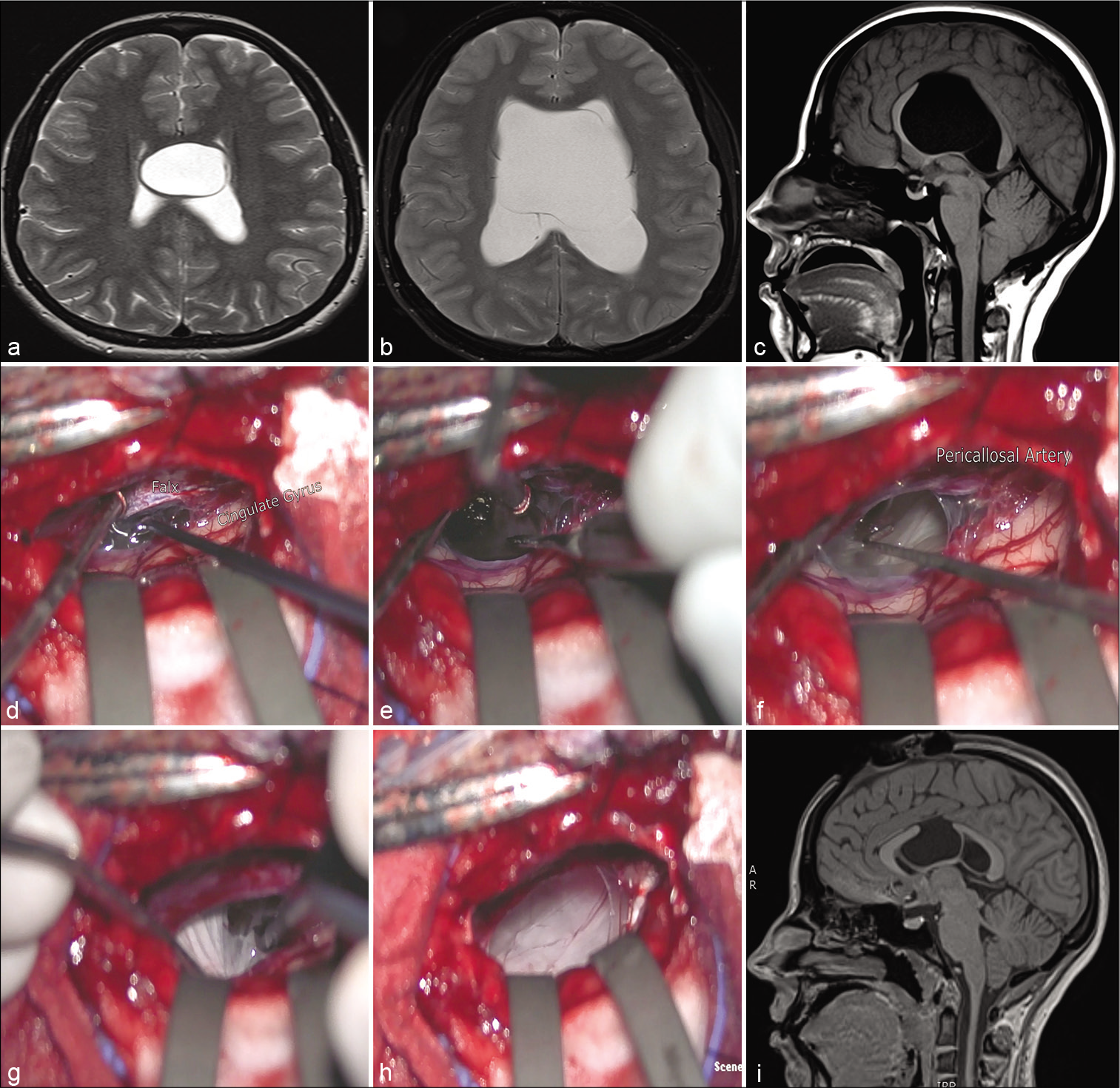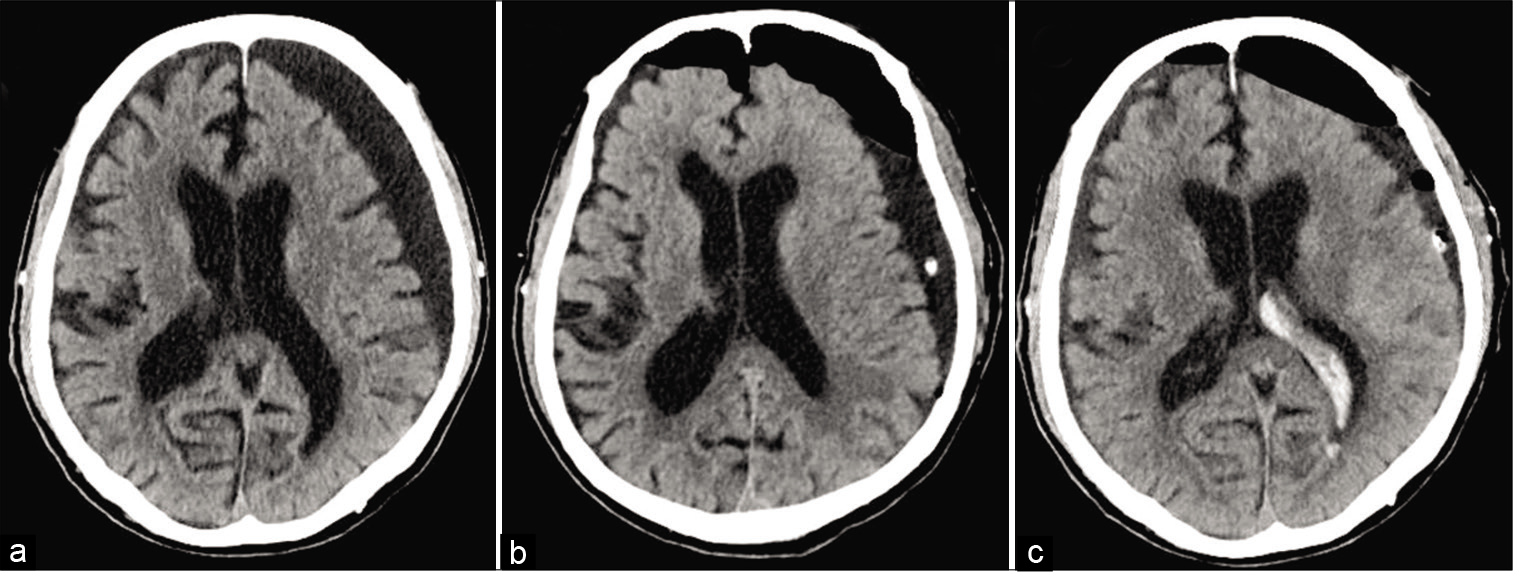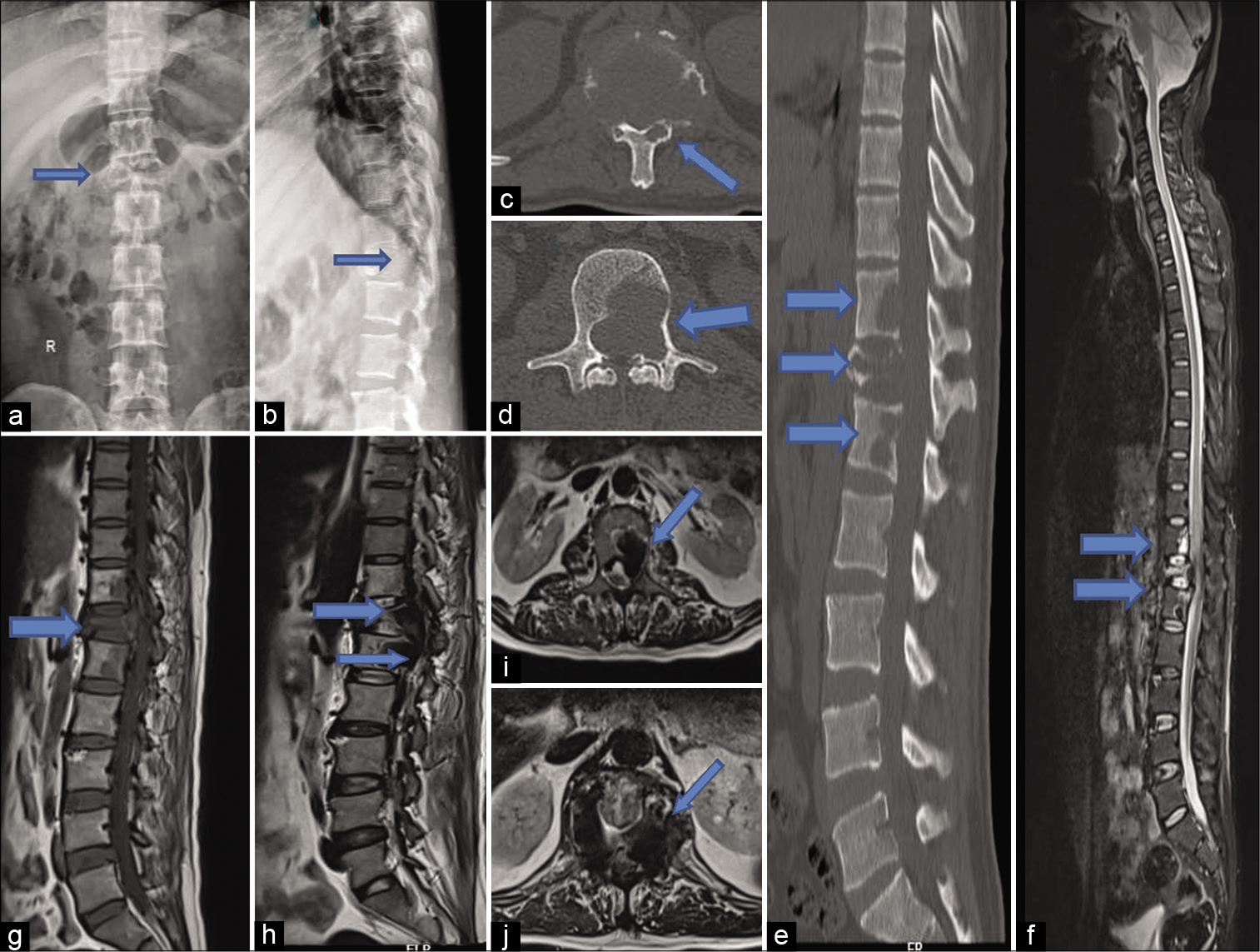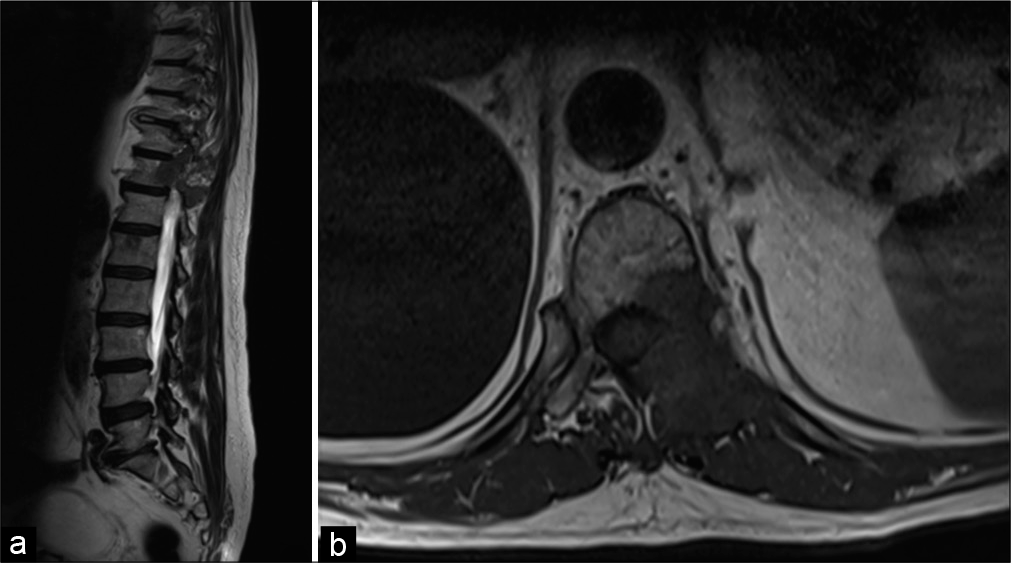Direct N-butyl-2-cyanoacrylate injections to the head and neck for percutaneous embolized devascularization
Date of publication: 30-Mar-2021
Background: N-butyl-2-cyanoacrylate (NBCA) has been used for vascular malformations since the 1980s; however, few studies have looked at applications, procedural techniques, and outcome throughout many institutions. Herein, we review applications, procedural techniques, previous literature, and outcomes for the use of NBCA specifically through percutaneous technique in treating head and neck vascular pathology.
Surgical management of a rare myxopapillary ependymoma of the gluteal region: A case report
Date of publication: 30-Mar-2021
Background: Ependymomas are rare tumors originating from neuroepithelial cells lining the wall of the ventricles or central canal of the spinal cord. While these tumors mainly occur within the central nervous system (CNS), there are occasional reports in children and young adult patients with a primary tumor occurrence outside of the CNS. Ependymomas of the sacrococcygeal region have been infrequently described in the literature with no standard of care established. We present a case report and review of the literature regarding this rare entity.
Incidental unintentional breakage of epidural catheter in supralaminar area: A case report
Date of publication: 30-Mar-2021
Background: Among some of the known complications, breakage of epidural catheter, though is extremely rare, is a well-established entity. Visualization of retained catheter is difficult even with current radiological imaging techniques, and active surgical intervention might be necessary for removal of catheter fragment. We report such a case of breakage of an epidural catheter during its insertion which led to surgical intervention.
The impact of the pandemic on neurosurgical services: A study from a coronavirus disease 2019 referral hospital in Surakarta
Date of publication: 30-Mar-2021
Background: A decrease in hospital visits including neurosurgery cases during the coronavirus disease 2019 (COVID-19) pandemic has been reported by many countries. This study aims to reveal important data regarding the effect that the COVID-19 pandemic has on services, neurosurgical surgery, and inpatients before and during the COVID-19 pandemic.
Why are most of the neurosurgical papers not getting cited? With ideas to improve the situation
Date of publication: 30-Mar-2021
Intradural extramedullary hemangioblastoma of the thoracic cord: A case report
Date of publication: 30-Mar-2021
Background: Spinal hemangioblastomas account for 1–3% of all spinal cord tumors and are mostly intramedullary in location. Here, we report an intradural extramedullary hemangioblastoma of the thoracic spine, occurring in in a patient without von Hippel-Lindau disease.
Interhemispheric arachnoid cyst
Date of publication: 30-Mar-2021
Background: Interhemispheric arachnoid cysts are uncommon and typically associated with other midline neurodevelopmental disorders, such as complete or partial agenesis of the corpus callosum.
Hyperperfusion and intracranial hemorrhage after burr hole surgery of chronic subdural hematoma
Date of publication: 30-Mar-2021
Background: Chronic subdural hematomas (CSDHs) mainly occur in elderly people and usually develop after minor head injuries. CSDH can be cured by a relatively simple burr hole surgery. Rarely reported, hemorrhagic postsurgical complications include subarachnoid, intracerebral, intraventricular, and remote cerebellar hemorrhages. The causes of such uncommon complications are difficult to explain and remain poorly understood.
An extremely rare presentation of AV fistula: Massive destruction of multiple vertebral bodies with paraparesis
Date of publication: 30-Mar-2021
Background: Spinal ventral epidural arteriovenous fistulas (EDAVFs) are rare and underdiagnosed entities and usually present with benign symptoms such as radiculopathy. To the best of our knowledge, EDAVFs presenting with massive vertebral body destruction have not been reported in the literature.
Solitary late spinal metastasis from apocrine salivary duct carcinoma: Case report
Date of publication: 30-Mar-2021
Background: The salivary duct carcinomas (SDCs) are rare, high-grade neoplasms involving major salivary glands. Parotid is the most frequently involved gland (85%). Apocrine phenotype (histological presence of decapitation secretions) and androgen reception expression define SDC. The clinical course of these tumors is characterized by aggressive local behavior with extraglandular extension, high recurrence rates, early metastases, and poor prognoses. Despite aggressive surgical/radiation therapy management, the rates of locoregional and metastatic relapses are high, and the mortality rates over 48 months approach 65%. Notably, there is no treatment algorithm available for managing vertebral metastases from apocrine SDC.


